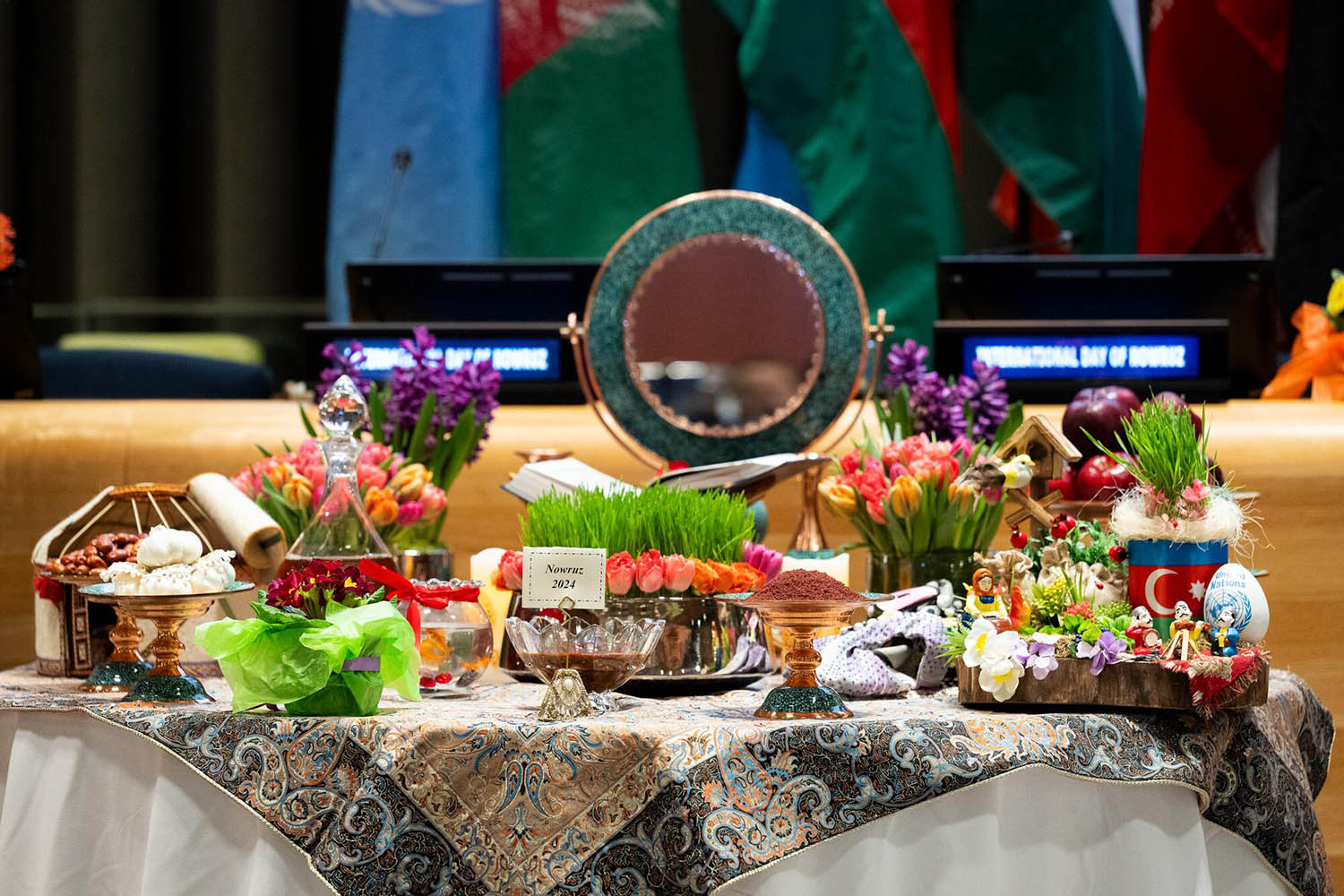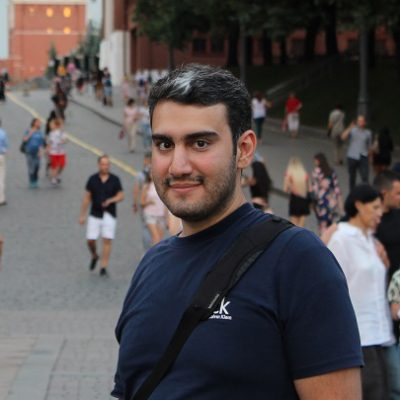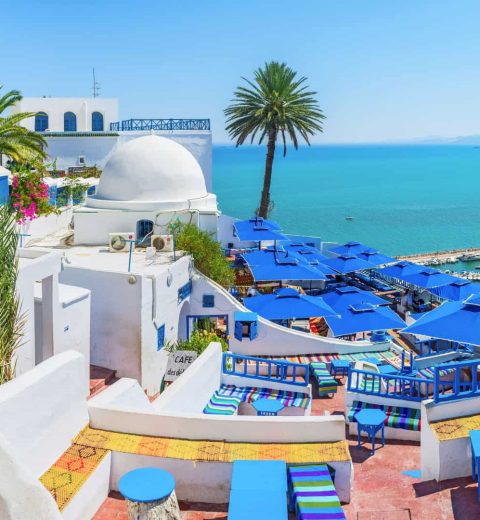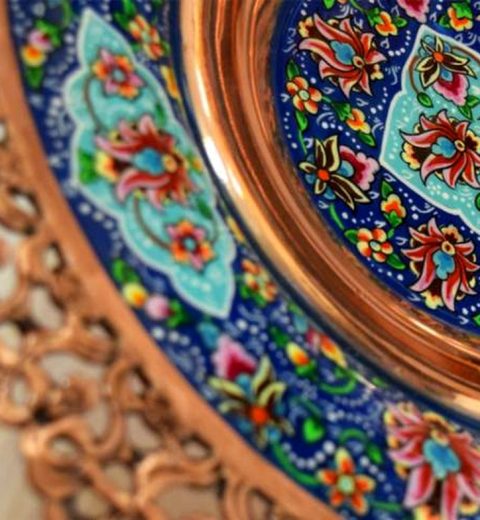The International Day of Nowruz has been celebrated in the presence of representatives from Iran and 11 other Nowruz-celebrating countries at the UN’ headquarters in New York City.
The ceremony of Nowruz was organized by Iran’s Representative Office to the UN, and was held on Wednesday. Iran’s permanent representative to the UN Amir-Saeid Iravani and President of the United Nations General Assembly Dennis Francis were in attendance.
On February 23, 2010, the 64th UN General Assembly adopted a resolution at its 71st plenary meeting, which designated March 21 as the International Day of Nowruz. The initiative was proposed by the Islamic Republic of Iran. The resolution calls on member states to commemorate Nowruz and raise awareness on the occasion.
The UN resolution stipulates that Nowruz is celebrated by over 300 million people around the globe, including in Afghanistan, Azerbaijan, India, Iran, Iraq, Kyrgyzstan, Kazakhstan, Pakistan, Tajikistan, Turkiye, Turkmenistan and Uzbekistan.
According to the resolution, Nowruz plays a key role in enhancing human relations based on mutual respect, peace ideals and good neighborliness.
Back in 2016, the UN Educational, Scientific and Cultural Organization (UNESCO) also put Nowruz on the Representative List of the Intangible Cultural Heritage of Humanity.
The word “Nowruz” means “new day,” and retains this meaning in the modern Persian language (Naw = new + Rooz = day). The festival of Nowruz is originally an agricultural festival of fertility worship. However, most Nooruz ceremonies have their roots in the Zoroastrian religion, which originated in Iran about 3,000 years ago. Zoroastrianism, or Mazdeism, believes in two antagonistic gods: Ahura Mazda, the god of goodness and light, and Angra Mainyu (Ahriman), the god of evil and darkness. The struggle between them is resolved by the victory of Ahura Mazda and the triumph of the light.
IRNA





